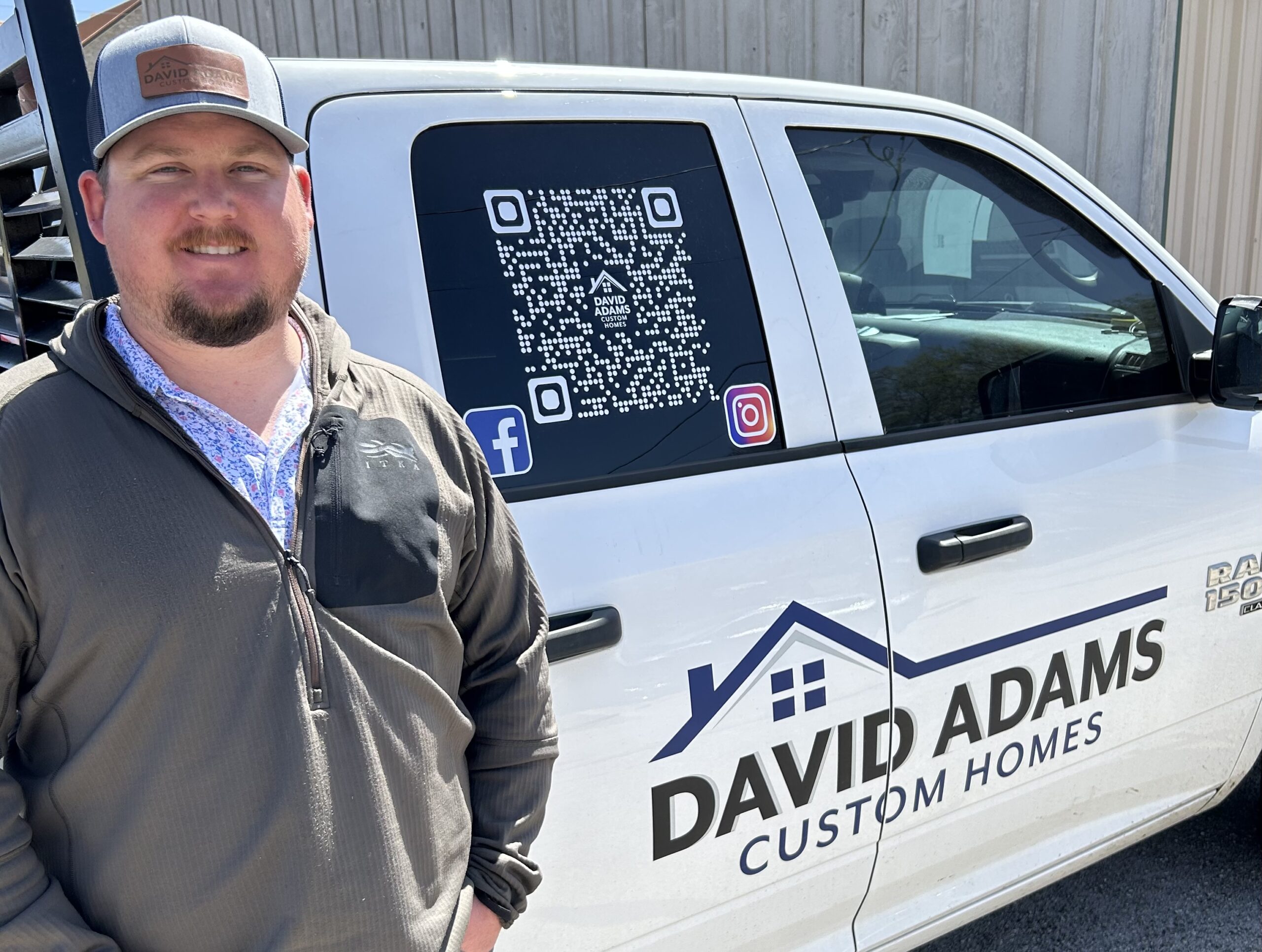Deciding to build a custom home is an exciting life milestone. However, it’s also one that comes with many challenging decisions. The first of them, and arguably one of the most important, is where to build your new house.
A custom home builder will need to become familiar with the land before being able to create a final house design, so you should start looking at properties as early on in the home-building process as possible. This article will give you an idea of what to look for.
How Do I Choose the Best Land to Build a House?
There are many factors to consider when choosing the best land to build a house. Some are purely a matter of personal preference. You’ll have to pick a city, township, and school district based on your own research. We can’t make those essential decisions for you, though we will review some of the questions you can ask yourself to gain clarity.
Other aspects of choosing a building site are more practical. Specific soil characteristics are preferable to others, and you’ll need to find a lot that’s zoned for residential use. Don’t worry, though. After narrowing down the list to properties that offer feasible building sites, you’ll still have plenty of options.
Deciding on a General Location
Most people narrow down lots by choosing a town, city, or even a specific neighborhood. Start by taking a broad view of the area and try not to come into the process with preconceived notions. The best place to start is by creating a list of top priorities.
For some people, being in the right school district so their kids won’t have to change schools is the number one concern. For others, walkability is essential. Yet more people consider safety and security their top priorities. Think about your ideal lifestyle to get a feel for your priorities.
There are plenty of online resources for investigating different neighborhoods. Check out a website that compiles school rankings, walkability scores, safety ratings, and other essential information, but don’t use that as your only source of information. Few things help you get a feel for a neighborhood as much as speaking with community members.
If there are community groups in the area, that’s a great place to start. Otherwise, try soliciting information on online forums, and don’t forget to take a good old-fashioned walk around the neighborhood. A leisurely stroll will allow you to speak with current residents and ask questions about living in the neighborhood. Speaking with local business owners can also help.
Understanding Local Laws and Regulations
Every custom home must comply with local building codes, zoning laws, and other regulations. Subdivisions are always zoned for residential use, but independently owned properties may not be. You should know what you’re allowed to build on a lot before purchasing it.
Even if a lot is zoned residential, land use restrictions may still govern what you can do with it. Understanding those restrictions is essential, especially if you plan to construct additional features like a guest house or a pool.
Many residential neighborhoods have covenants in place that govern the use of properties within their borders. In this case, the covenants make it possible for homeowners associations to control everything from what types of houses go up within their bounds to what types of lawn decorations you’re allowed to have.
If there are covenants in place in a neighborhood, familiarize yourself with them and consider asking current residents how they impacted the building process. Unfortunately, finding suburban lots that aren’t subject to HOA covenants is becoming increasingly challenging. The vast majority of new construction is governed by homeowners’ association rules and regulations.
Getting a Feel for the Natural Surroundings
Some people like to live far from their own sprawling properties. Others feel safer and more secure nestled into traditional neighborhoods. Different neighborhoods also have unique natural characteristics to consider. Some have tree-lined streets, while others have bare lawns due to homeowners’ association regulations. Think about what kind of surroundings you’d prefer and define your ideal situation early in the lot-buying process.
Remember that seemingly minor natural features can significantly impact the use of space surrounding a home. Tall structures or many trees that can’t be taken down will shade a yard, which means you won’t be able to grow many types of plants if you like to garden. Bare lawns with no trees offer little privacy, if that concerns you. Don’t underestimate how important these factors are.
You’ll also want to consider sun orientation when choosing a lot for building a new home. If you’re determined to have your living room face the south for maximum winter sun exposure, and putting the house on a particular lot would place that living room with all its beautiful windows too close to the neighbors, that’s a problem.
Unique Concerns for Building in Subdivisions
Homeowners association regulations aren’t the only thing you’ll have to worry about when building in a subdivision. In some subdivisions, you’ll be required to work with a specific builder or even construct your house to match the others in the neighborhood. Some subdivisions only allow you to choose from a small handful of home designs.
If you already have a builder picked out or are concerned about maintaining creative freedom, you should be careful when choosing a lot in a development owned by an unencumbered developer. In these neighborhoods, the developer gets to decide who builds since they own and sell the land.
Some developers use specific builders. Others have closed builder lists that restrict who you can work with to design and build your home. If you want to work with an independent builder in a subdivision, look for a development that asks you to bring your own builder. You’ll likely see it advertised on signs.
Coming Up With a Budget for Land Purchases
We’ve saved one of the most critical factors in land buying for last because it’s one of the most complex considerations. Coming up with a budget for purchasing land can be a challenge because you’ll have to consider not just how much the land costs, but also a variety of other factors.
What’s the Property Like?
You’ll pay more money to build on a property that is currently forested and does not have a home site established than you would for one that’s been cleared and is prepared for a new house. Other natural considerations like the property’s slope and whether it has adequate drainage will also impact how much it costs to prepare the site for building, as will how far your intended home site is from the road.
Cost of Infrastructure and Utilities
If a piece of property is already connected to utilities, that’s a significant expense you won’t have to deal with later. If a lot doesn’t have the infrastructure to connect to the local gas, water, and electricity supply lines, it can cost a lot of money to get hooked up.
You’ll need to pay for permits and have underground or above-ground lines run to the lot, depending on the utilities in question, before considering having a builder design an electrical, heating, or plumbing system.
In rural areas, you may not even be able to access certain types of amenities. Rural lots may require wells instead of access to town water, for example. You may also need to install a septic system, run electric lines across further distances, and develop alternative heating methods that don’t rely on natural gas. All those extra costs can add up to a significant financial burden.
Understanding Long-Term Affordability
Finding an affordable property isn’t just about checking listing prices. You should remember that you’ll live in the newly built home in the long term. If the cost of living is already high in the area or on the rise, you’ll need to consider that when determining a budget for land acquisition.
Don’t Forget About Property Taxes
Property taxes can be one of your most significant long-term expenses, depending on where you choose to build and what type of home you design. Property taxes aren’t static, either. They change over the years as the value of a property increases or the town alters its tax structure.
To understand what you can expect in property taxes, check out what other homeowners in the area are paying. It doesn’t help to know what you’ll pay in taxes for the bare land since the lot won’t do you any good without a house on it.
Consult With Your Builder Before Making a Final Choice
If you already have a custom home builder in mind, consult the contractor before making an offer on a piece of property. Home builders understand how factors like sun exposure, soil quality, and other practical considerations will impact the final cost of building on a lot. They also know about zoning, building codes, and how to interpret local covenants. Always make your final choice with your builder.


